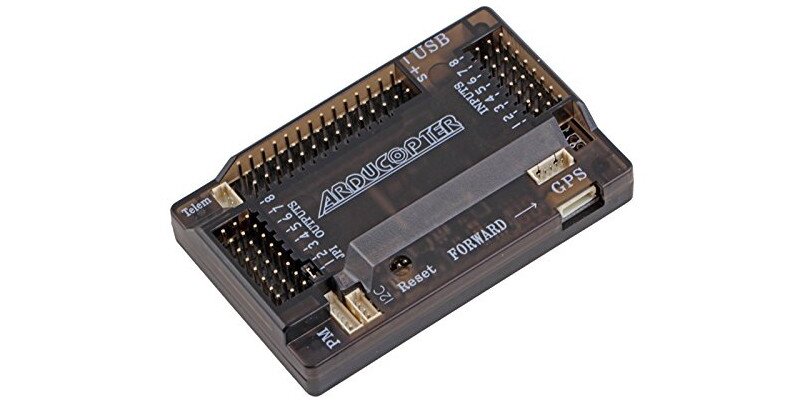What is a Flight Controller? A Beginner’s Guide to Drone Navigation
Drones have revolutionized industries ranging from photography and agriculture to surveillance and delivery services. At the heart of every drone’s operation is a critical component known as the flight controller. This guide will break down what a flight controller is, how it works, and why it is essential for drone navigation.
What
is a Flight Controller?
A
flight controller (FC) is the brain of a drone. It is an electronic device that
processes sensor data, user commands, and environmental inputs to control the
drone’s movement and stability. The flight controller receives information from
various onboard sensors and adjusts the motor speeds accordingly to maintain
stability and maneuver the drone as required.
Components
of a Flight Controller
A
flight controller consists of several key components. The microprocessor serves
as the core unit that processes all incoming data and executes flight commands.
The gyroscope and accelerometer, collectively known as the Inertial Measurement
Unit (IMU), measure orientation, tilt, and acceleration to help maintain
stability. The barometer detects changes in altitude and assists in height
control, while the GPS module provides position tracking and enables autonomous
navigation. The compass (magnetometer) helps the drone determine its heading
direction. The flight controller also includes an ESC (Electronic Speed
Controller) interface, which regulates the speed of the drone’s motors, and a
receiver input, which connects to the pilot’s remote controller to receive
flight commands.
How
Does a Flight Controller Work?
The
flight controller continuously gathers data from its sensors to assess the
drone’s position, movement, and orientation. It processes commands from the
pilot’s remote control or an autonomous flight program and collects real-time
data from the gyroscope, accelerometer, GPS, and barometer. Using this
information, the onboard microprocessor calculates necessary adjustments to
keep the drone stable and on course. The flight controller then sends signals
to the Electronic Speed Controllers (ESCs) to adjust motor speeds accordingly.
This results in smooth navigation and stabilization, allowing the drone to
hover, turn, or follow a predefined path.
Types
of Flight Controllers
There
are different types of flight controllers designed for specific applications.
Basic flight controllers are used in entry-level drones and provide fundamental
stabilization and manual control. GPS-enabled flight controllers are common in
advanced drones and allow features like waypoint navigation and return-to-home
(RTH) functionality. Autonomous flight controllers are equipped with AI and
machine learning algorithms, enabling drones to perform complex tasks with
minimal human intervention. FPV (First-Person View) flight controllers are
optimized for drone racing and aerial cinematography, providing low-latency
controls and fast response times.
Importance
of a Flight Controller in Drone Navigation
A
flight controller plays a vital role in ensuring safe and efficient drone
operation. It maintains stability by adjusting motor speeds to counteract
external forces like wind. It enables smooth navigation by processing pilot
inputs for seamless movement. In autonomous flights, it works with GPS and
sensors to follow predetermined routes. Advanced flight controllers also
enhance safety features, enabling emergency landing, failsafe return-to-home,
and collision avoidance.
Choosing
the Right Flight Controller
When
selecting a flight controller for your drone, it is important to consider
several factors. Compatibility is crucial, as the flight controller must work
with your drone’s frame and motor setup. The sensor quality plays a significant
role in improving stability and navigation. Choosing a flight controller with
firmware support such as Betaflight, Ardupilot, or iNav allows customization
and updates. Additionally, connectivity options like GPS, Bluetooth, and WiFi
can enhance control. Finally, the choice should align with the use case,
whether for hobby flying, racing, photography, or industrial applications.
Conclusion
The
flight controller is the backbone of any drone, ensuring stability, navigation,
and seamless operation. Whether you’re a hobbyist or a professional drone
pilot, understanding how a flight controller works can help you optimize your
drone’s performance and unlock its full potential. Investing in the right
flight controller will elevate your drone experience, making navigation
smoother and safer.
.png)






Leave a Comment
Your email address will not be published. Required fields are marked *